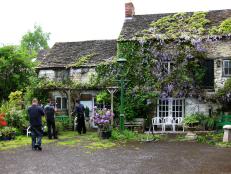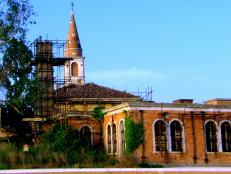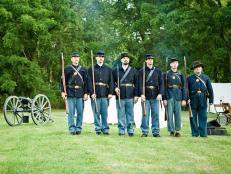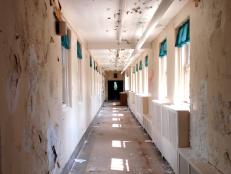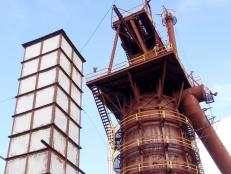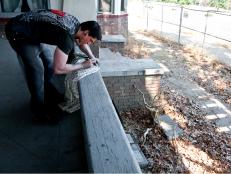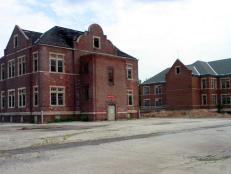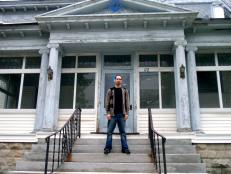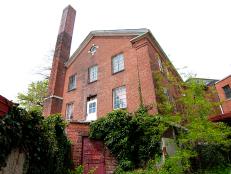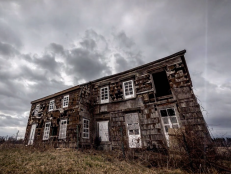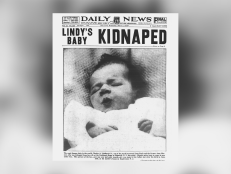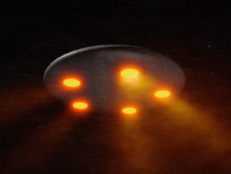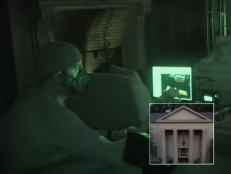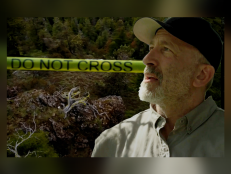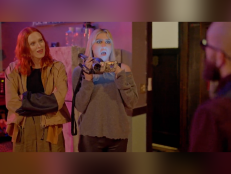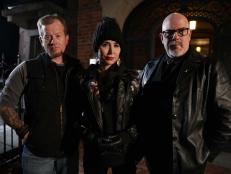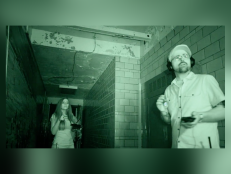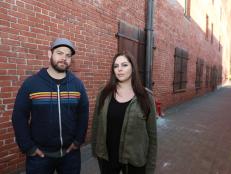Edinburgh Vaults' Haunted History
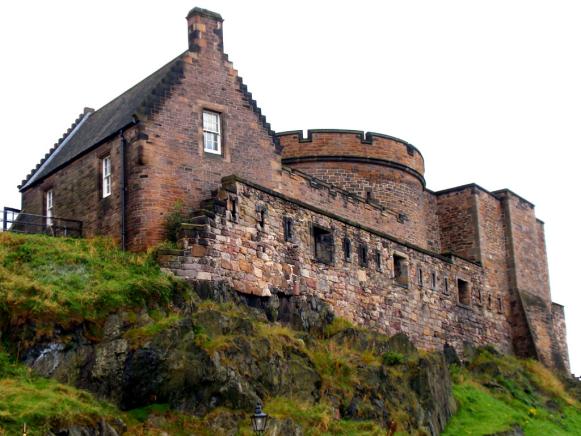
Scotland's capital city has a rich and haunting history, suffering through Roman occupation and Viking raids until 1035, when Duncan I became the first king of Scotland. The city of Edinburgh straddles seven major hills, only two of which are visible in the present day's city center -- Castle Hill, atop which sits Edinburgh Castle, and Calton Hill.
Construction of South Bridge
Edinburgh Castle's location made the fortress highly defendable from attack, so naturally the townspeople wanted to live as close as possible. As Edinburgh grew, large bridges were constructed to connect the castle with flat areas of land across the ravines that lay to the north and south. The city's South Bridge was a monumental, yet fundamentally flawed, endeavor to span the Cowgate Ravine and connect Old Town Edinburgh with the newer section of the city.
Building commenced in 1785, and the newest of Edinburgh's bridges consisted of 19 stone arches, spanning a chasm just over 1,000 feet wide. At its highest point, it stood 31 feet above ground and had foundations that penetrated Edinburgh's bedrock as far down as 22 feet.
Growing Commerce and a Hasty Demise
By the 19th century, business in Edinburgh was booming. Cobblers, butchers and wine merchants set up their businesses on the surface of South Bridge, hoping to capitalize on increased traffic across the bridge.
One level below, the street housed workshops, and below those were the living quarters. In total, about 120 rooms were created in the arches of the bridge. Physicality mirrored socioeconomic status -- the lower you lived, the lower your station in life.
The fatal flaw of Edinburgh's South Bridge soon threatened lives and livelihoods. Rain drove through cracks in the poorly constructed viaduct and carried the city's blood, water, waste and disease to the lowest levels, where Edinburgh's poor battled to survive.
During the Irish Potato Famine of 1845-1847, thousands of Irish immigrated to Scotland seeking only survival. Forced into the vaults under the bridge, as many as 10 people were living in a single room. The conditions were poorer than the tenants -- crowded, damp, with barely any air circulation.
And just like that, the area quickly became Edinburgh's red-light district. Prostitution, gambling and a thriving black market were commonplace in the vaults. Murder, rape and death were rampant as disease and crime took hold of the area.
Paranormal Activity Reported
By the late 19th century, the vaults were closed off for good in an effort to drive the seedy activity out from under Edinburgh's main thoroughfare. For decades these vaults sat empty as their marred past slipped into obscurity.
Obscurity ended in 1988 when a local man crawled through a narrow passageway in one of his buildings and rediscovered the rooms underneath the bridge. Since then, the cavernous vaults of South Bridge have been opened to the public -- and the reports of ghosts have poured in.
Witnesses claimed to feel cold gusts of air, to hear voices, and to see and sense an intangible presence. Some ghosts are bolder, like the spectral child "Jack" who grabs visitors' hands in the wine vault.
Another, more menacing presence is known as "Mr. Boots," an unkempt man so named for his tall boots. Mr. Boots lurks in the back section of the vault and has been known to push and throw rocks at visitors. Some have claimed to hear his footsteps on the cobbles and his echoing voice cursing throughout the chambers.
It's even rumored that in the 1820s, the infamous serial killers William Burke and William Hare lurked within the vaults, killing some of their 17 victims.
With dozens of other deaths due to disease and crime, the vaults under South Bridge remain one of the world's most haunted places. Experience the mystery of the South Bridge tunnels yourself on one of their guided tours -- you may just meet Jack or Mr. Boots.
